What to Do in Lima in 36 Hours: The Ultimate Itinerary
Bell | 20 November 24
Lima is often called South America’s food capital, with several famous Michelin Star restaurants, but it is so much more than that. The centre if full of history and culture and the seaside a vibrant hub of activity where you can even learn to surf.
Lima is the perfect city to spend 2 days in. It has a rich, cultural heritage that you can explore in many of the fantastic walking tours the city has to offer. On top of that, the seaside areas of Miraflores and Barranco are full of trendy cafes, local shops and intricate street art.
Whether you are interested in learning more about Peru’s colonial times, want to eat your way through the city or give surfing a go, Lima has it all.
Table of Contents
ToggleHow to get to Lima:
Lima is Peru’s only international airport so you will likely start your journey here at Jorge Chavez International Airport. There are several ways to get into the city center:
- Taxi can actually be very affordable but pickup is outside the airport gates. InDrive is the cheapest – I managed to get from Miraflores to the airport for just 23 Soles ($6.50). You will need cash for it though, which you can get at the airport. Pickup and drop-off will be around here.
- There are a few shuttles that go to the tourist area Miraflores at set times. Airport Express and Quick Llama are both good options for 15-20 Soles.
- I wouldn’t recommend public transport from the airport as it is quite complicated and will be difficult with a lot of luggage.
If you are coming by bus from e.g. Cusco, Arequipa or Huaraz, you will be dropped at either Plaza Norte or Javier Prado. Javier Prado is closer to the areas of Miraflores and Barranco while Plaza Norte is closer to the airport. From there, you can get a taxi or bus to your accommodation – more on buses below. For the taxi, I highly recommend InDrive – it is a lot cheaper than Uber but you do need the exact cash.
How to get around Lima by public transport:
Lima has a relatively good public transport system that is mostly buses.
For the basic public buses, I always looked up the route on Google Maps and then just waited at the bus stop. You can stop them by waving your hand. The bus ride costs around 2.50 Soles and you have to pay in cash. Technically you need a reloadable card to take the bus, but all drivers let me on with theirs and I paid in cash.
If you are a few days in Lima, taking the Metropolitano or taking a lot of buses, you need to get the Lima Pass Card. It costs 4.50 Soles and is rechargeable. The Metropolitano are the “express” buses that have their own lane. There are 4 different lines and as a tourist, it’s best to take Line C as it stops everywhere. Each ride costs 3.20 Soles. If you only need it once or twice, you can have that amount ready in cash and ask someone to swipe their card for you, that way you don’t have to pay for the card. A lot of tours do this for you.
I found Google Maps worked okay in Lima – they may not stop exactly where they say but they show you the right bus or Metropolitano to take and then you can follow yourself on Maps to know when to get off.
Where to stay in Lima:
You will notice that all the hostels and hotels I am going to recommend are either in Miraflores or Barranco. While there are other areas that are fine to stay in too, I felt safest in these two and they are where the majority of tourists stay. They are also both beautiful and must-visit areas in Lima, so it is worth staying there.
Best hostels in Lima for backpackers:
Viajero Kokopelli Hostel Barranco – I stayed in this hostel and had a great time. The rooms are big but I liked the 10-bed dorm as the beds were almost like private capsules and had curtains. They have the best tours (3 every day) and lots of social events, so meeting other travellers was so easy. Barranco is such a vibrant area and felt very safe.
Pariwana Hostel Lima – This hostel is in an amazing location, right by Miraflores which is safe and has lots of things to do and explore. They share a lot of the same walking tours as Viajero which is a big plus too.
Best hotels in Lima:
$ Best Western Plus Urban Larco Hotel – a more budget-friendly option, this hotel is right in the heart of Miraflores and offers clean rooms and great service.
$ Belma Boutique Bed and Breakfast – a stunning property in Miraflores with delicious breakfast at a good price.
$$ Pullman Lima Miraflores – on the pricier side, this hotel offers beautiful rooms, delicious food and lovely staff.
$$$ Miraflores Park, A Belmond Hotel – this hotel is luxury pure with a stunning view over Lima’s seaside and all the amenities you could want.
Lima Itinerary for 36 Hours
Day 1
Start with a free walking tour of Lima Downtown
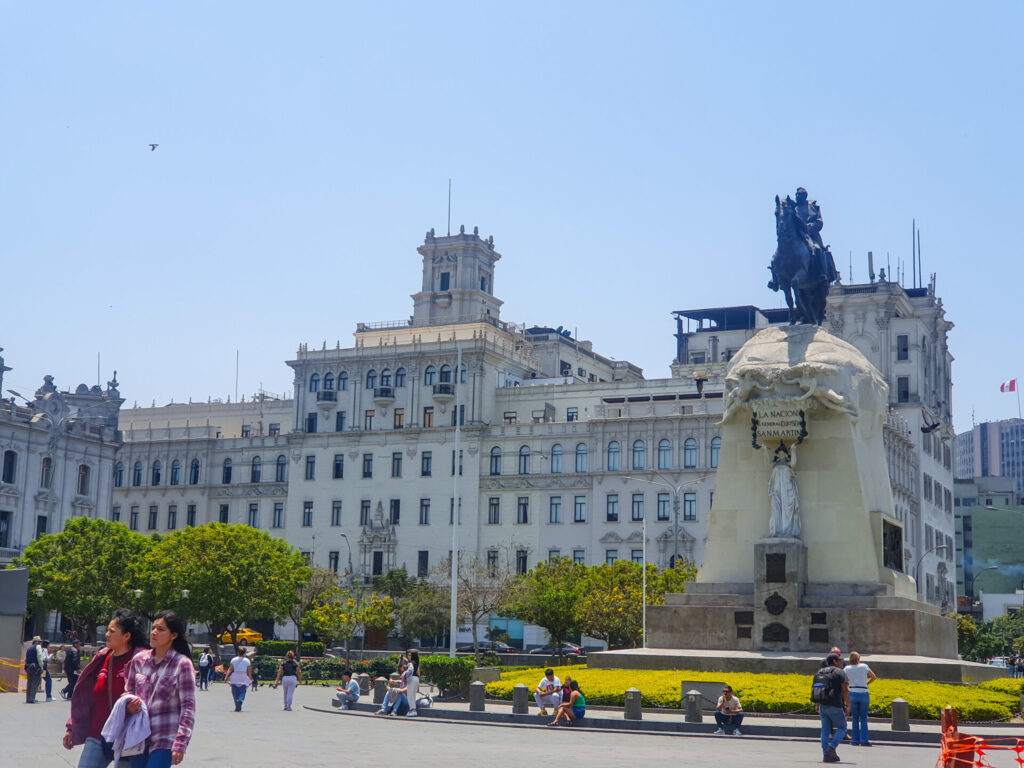
A downtown walking tour is the perfect way to start exploring Lima as it will help you gain your bearings while also teaching you a ton about the city’s culture and people. Lima has quite a few “free” walking tours where you tip at the end, I did this one.
It starts at the famous Gran Hotel Bolivar where the first Pisco Sour was supposedly served and then heads to the Plaza de Armas, Lima’s main square. The tour hit all the main sights in that central area of Lima and even finished with a Pisco Sour taste test.
One of my favourite parts was the view of Cerro San Cristobal, the famous colourful houses. A word of caution though – never visit that part of Lima on your own. You’re better off admiring it from a distance. This will all be explained on the walking tour though, hence why it is such a great way to get to know Lima.

Explore the Peruvian catacombs under Basílica y Convento de San Francisco de Lima
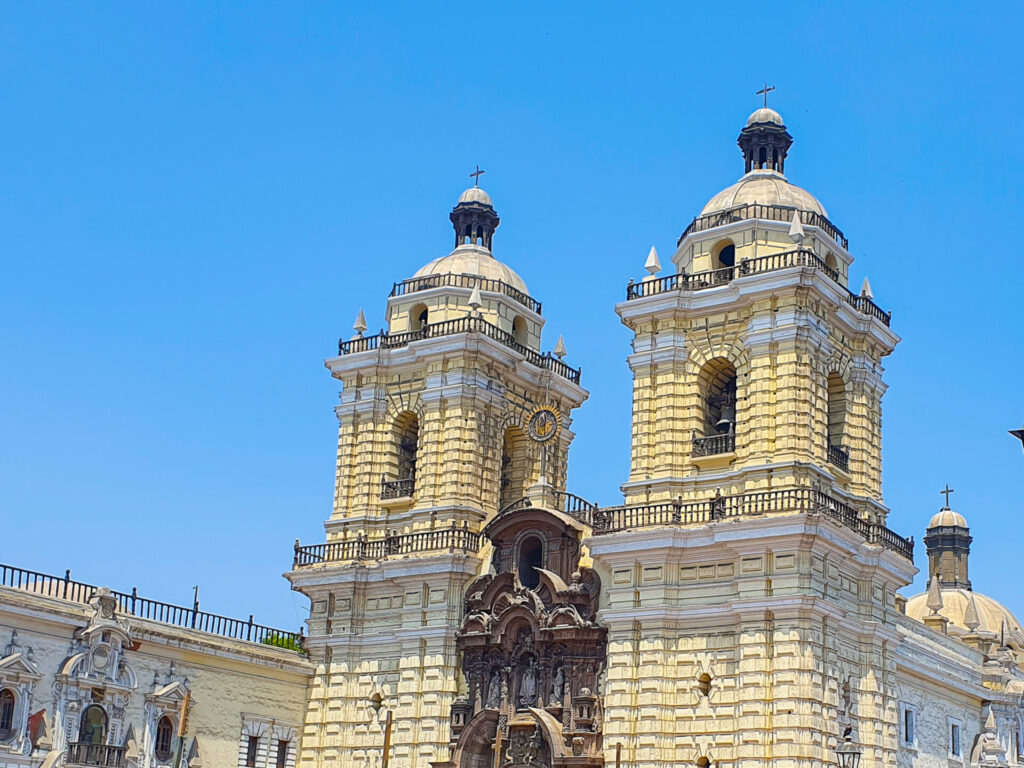
Lima’s catacombs are some of the oldest in South America and well worth a visit. They are located very close to where the walking tour finishes and cost only 20 soles ($5.30) with a mandatory tour included.
Wander through Barranco in the afternoon

Barranco is a very trendy and vibrant neighbourhood in Lima and one of my favourites. The streets are full of delicious restaurants, art galleries and local food stalls.
The best way to explore Barranco is on another walking tour, the majority of which start in the afternoon (I did this one). This way, you get a lot of background on the street art pieces as well as an insight into local artists and culture.
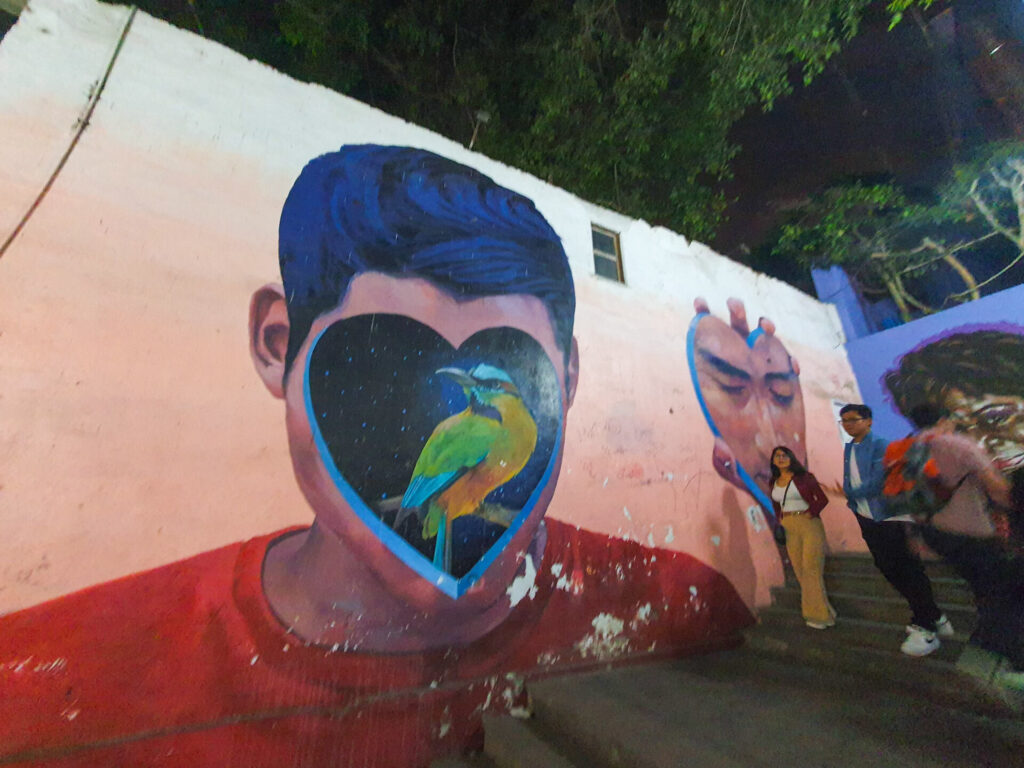
I loved the different art galleries such as Jade Rivera as well as the Bridge of Sighs. Legend has it that if you cross the bridge thinking of something you want to achieve and hold your breath the entire time, it will come true. Beware though – the bridge feels much longer than it looks.
Dinner at Awicha
There are many incredible restaurants in the Barranco area, however I loved Awicha. The food is on the pricy side for Peru, though this is normal for Lima. Every dish we had was incredible with sauces that were utter perfection. I would go back just for the sauce.
I have also heard good things about Isolina which is just around the corner but you may need to reserve a table, it gets very busy in the evenings.
Day 2
Eat your way through Central Market on a food tour

At this point, you might think that I have sent you on one too many walking tours. However, each of the three is different and worth doing, I give you my word.
That being said, if you only do one walking tour, let it be this food tour. The amount of different, local food we got to try was incredible. From street food to Ceviche to exotic fruit to snacks in Chinatown – you certainly won’t need breakfast before this tour. The perfect introduction to Peruvian cuisine.
If you don’t want to do the tour, Mercado Central is still worth a visit. My favourite foods to try were the stuffed olives and Tuna (the fruit).
If you prefer smaller groups (the free tour had up to 30 people), I can recommend this tour:
Spend the afternoon discovering Miraflores
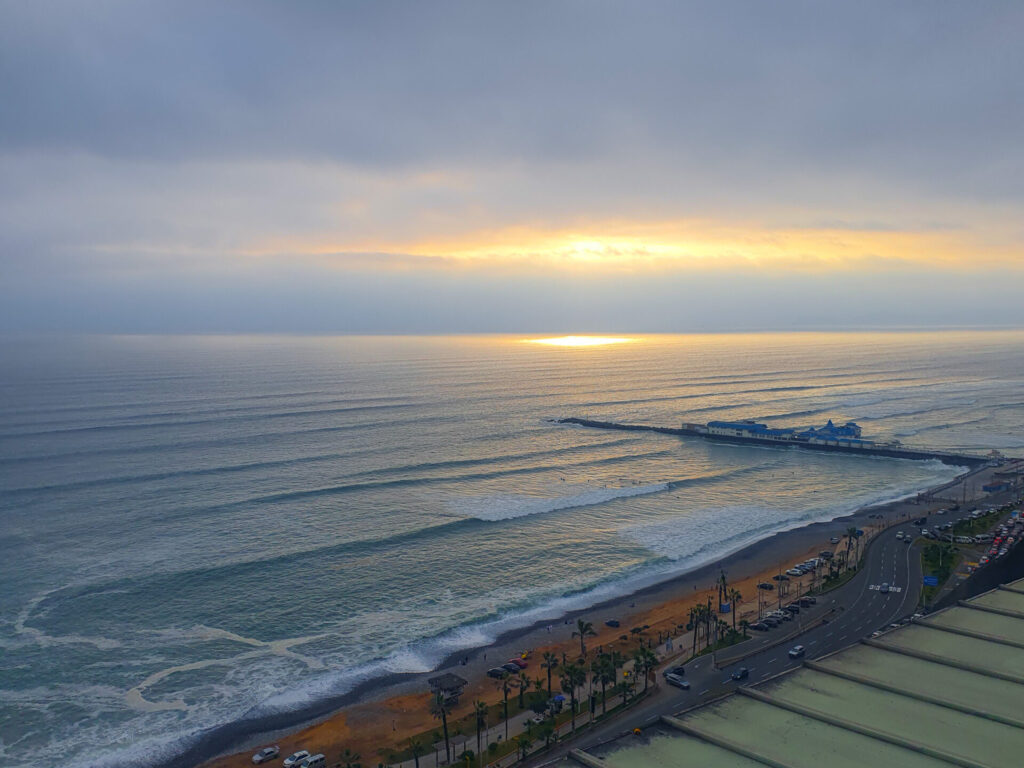
To walk off the food, head to El Malecón in Miraflores, Lima’s Scenic Cliff Top Walkway . It goes through several neighbourhoods, including Barranco, and boasts stunning seaside views. Check out Parque del Amor along the way, which is visibly inspired by Park Güell in Barcelona, Spain.
The boardwalk is also the perfect location to catch the sunset, with views all the way to Palomino Islands.
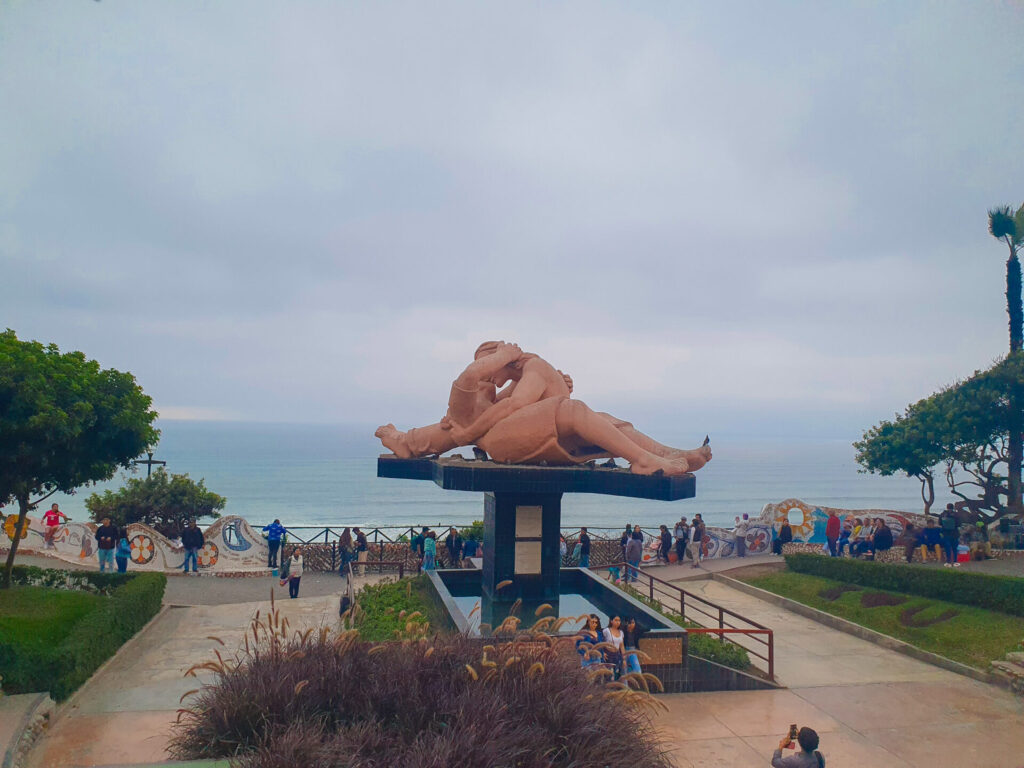
Miraflores has many other things to explore, such as Parque Kennedy, the pre-Incan Huaca Pucllana Ruins and Inka Market for souvenirs. If you have spare time, you could even try your hand at surfing. Miraflores is home to countless surf schools, perfect for beginners.
Dinner at one of the world's top restaurants - Maido
You need to pre-plan for this but Miraflores is actually home to one of the top restaurants in the world, Maido. Currently at number 5 in the world, this restaurant serves local food with a Japanese twist.
The experience will set you back a cool S/969.00 per person (255 USD) and sells out months in advance, but it is said to be worth it.
For a more affordable but delicious dinner option, head to Huaca Pucllana. They serve traditional Peruvian flavours in an elevated and contemporary style.canva
Is Lima worth visiting?
I started in the south or Peru, so by the time I made it to Lima I had met a lot of people who had already been there. Surprisingly, many people were not impressed. They said there isn’t much to do and it isn’t very pretty.
I actually strongly disagree. I think Lima has a lot of fascinating history, delicious food and beautiful areas, specifically Miraflores and Barranco. Barranco reminded me of Valparaiso in Chile, it was so vibrant and full of street art. Also the food there is impeccable.
I would really recommend taking walking tours in Lima to make the most of your visit and learn about Lima’s history and culture from a local. The food walking tour I did with my hostel was one of my favourite free walking tours I have ever done.
How many days in Lima is enough?
You can see the main sights in Lima in 2 days, 3 if you want to check out some museums or the Catacombs.
If you are planning to do some day trips such as Huacachina (highly recommend) and Palomino Island, you may want to add some days.
Is Lima or Cusco better?
I have had quite a few people ask this question and I think it is usually as people land in Lima (the only international airport in Peru) and are trying to figure out whether it is worth seeing the city for a few days.
Lima and Cusco are completely different. Lima is a big, metropolitan city with lots of things to explore, a beautiful seaside and also some great day trips opportunities. Cusco feels much more “authentic” as in people there are more traditional, most tours are to old Incan sites and talk a lot about Incan culture, history and traditions and in general the city has an older vibe.
One thing to keep in mind is that Cusco is at a very high altitude, 3,399 m. You may struggle with altitude sickness and even walking small hills becomes exhausting. I personally couldn’t spend more than a few days there as my body struggled with the altitude.
Hi, I'm Bell

My blog is here to show you that there isn’t one correct way to travel the world. Together, we can figure out what that means for you. Learn more about me here!
Grab my Ultimate FREE Packing Guide
Travel Off Script contains affiliate links to support the running of the blog. If you make a purchase through these links, I will earn a commission at no extra cost to you. Thank you.

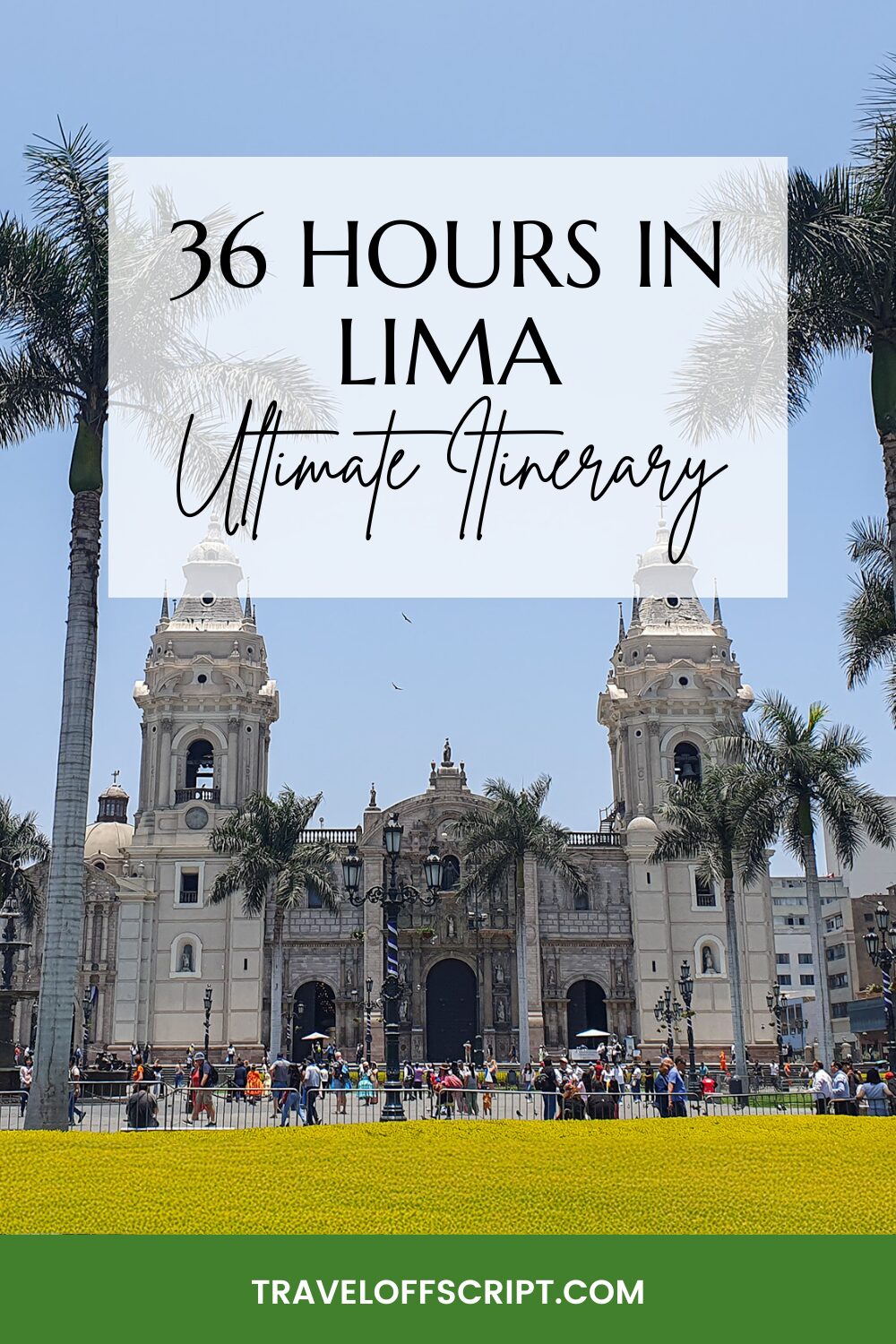
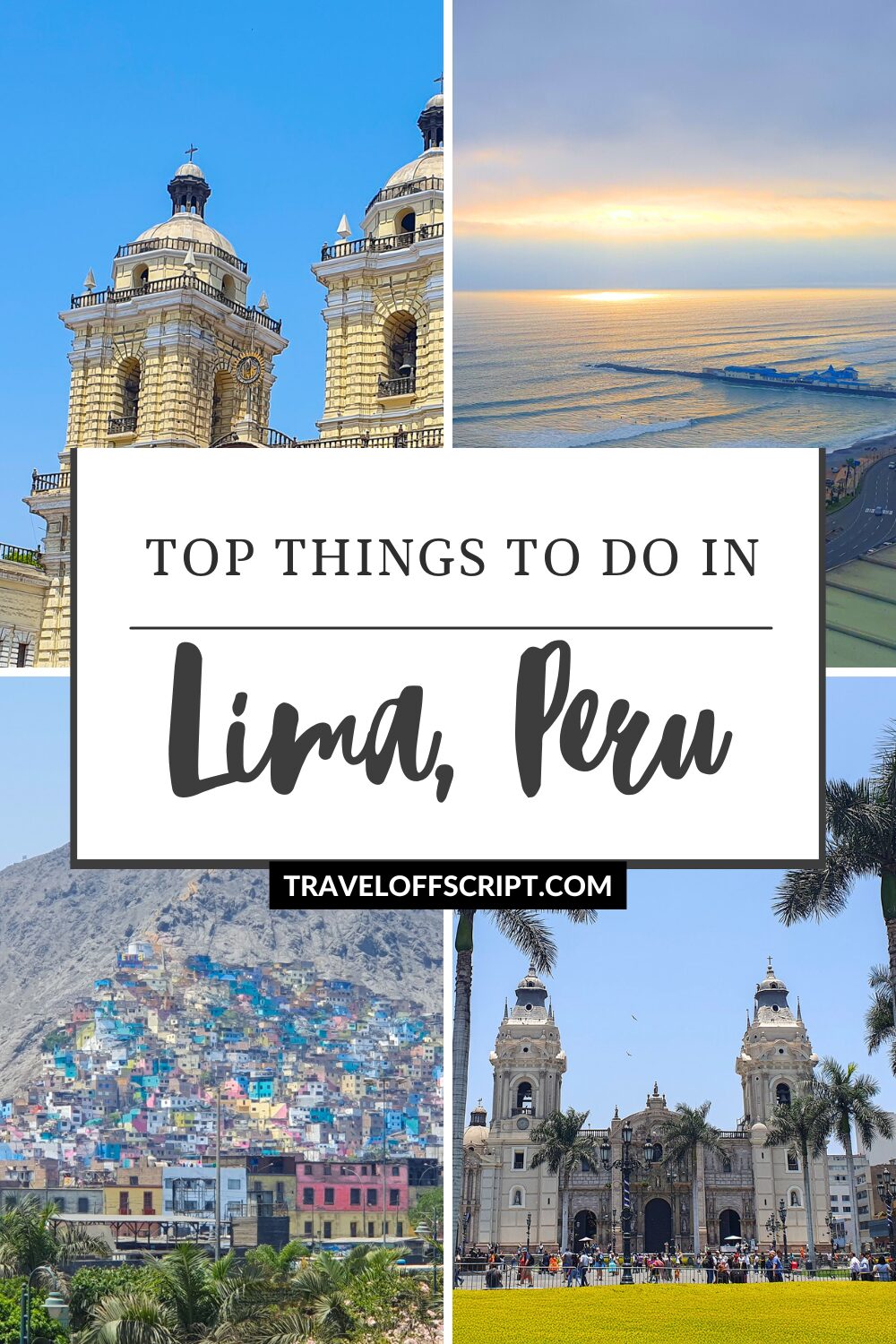

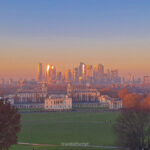
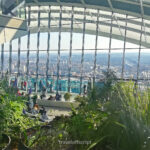

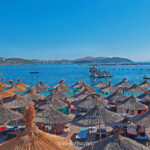
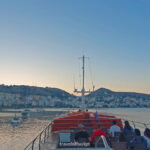

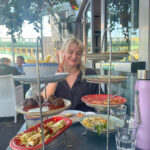
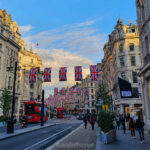
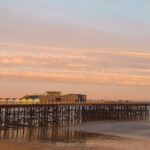

One comment
Heading to Lima soon so thank youuu for helping me with my planning!